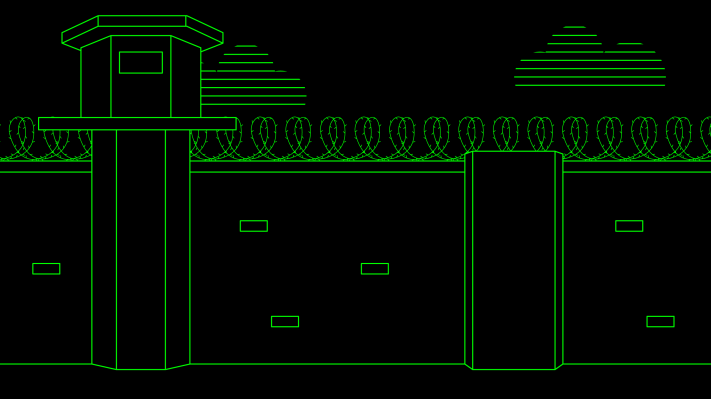The issues for the general election campaign have, to a great extent, already been framed. And Donald Trump, being the world-class marketer he is, has successfully forced a debate about whether the U.S. needs to build a wall across the 1,954 miles of our southern border to secure our great nation. The project would cost the government more than $10 billion — unless Mexico pays for it, a deal Mr. Trump would have us believe he can strike as our president.
But Trump, whose platform is based on the premise that his business acumen is a fine — indeed, preferable — substitute for political experience, is making a big mistake. He’s focused on the wrong border.
It’s 2016. There isn’t a wall high enough to keep out the fastest-growing threat to our national security: Cyberterrorism. It follows that our vulnerable corporate networks constitute the border we most urgently need to secure, the one the man who has earned billions through corporate endeavors should care the most about.
Acts of cyberterrorism are occurring more and more frequently, and pose an increasing threat. We learned recently, for example, that Islamic Jihad, a Palestinian terrorist group, has been hacking into the video feeds of Israeli drones for the past two years. Even more disturbing was a recent attack on a Ukrainian power grid that caused power outages for hundreds of thousands of people. Closer to home, a cyberattack shut down the computer systems of a Newark, New Jersey Police Department. It took three days for the city to restore the network.
But attacks on governmental systems are only part of the issue — a part that private citizens can only hope is being addressed by our military and intelligence agencies. The government does not operate most of the critical infrastructure that American citizens interact with every day. Much of this infrastructure is in the hands of private entities. And protecting the companies that operate it, perhaps by forcing them to protect themselves, is the way to build the wall that America actually needs.
Our government knows of these threats and has some of the top minds in the world working on protecting government targets. Businesses, however, are lagging behind.
We’ve just begun to see what cyberterrorists are capable of. A nation-state used a cyberattack on Sony Pictures (in retaliation for a Seth Rogen movie, of all things). A hole in the security infrastructure of Mt. Gox — at that point the largest bitcoin exchange in the world — resulted in losses that approached half a billion dollars. Some of the county’s richest and most powerful law firms were hacked, leading to speculation that the cyber thieves were looking for information to use for insider trading.
Private companies operate our financial system, including our bank accounts and the markets themselves, so what’s to stop cyberterrorists from targeting the New York Stock Exchange and throwing the global economy into a tailspin? A five-year-long insider-trading ring orchestrated from Ukraine, carried out for profit rather than disruption, easily obtained a vast amount of confidential data whose release could have had far worse consequences than the loss of $100 million.
And recently, the Department of Justice indicted seven Iranian hackers, allegedly working on behalf of the Iranian government, who targeted 46 major financial institutions as well as the computer systems controlling a dam in New York.
We already know that planes can be turned into weapons when hijackers are on board, but what happens when terrorists can remotely hijack planes through their autonomous systems? The same holds for cars, or trains for that matter. What if a cyberterrorist hits our water supply or our power grids? The threat to national security would be on par with a weapon of mass destruction.
Part of the growing threat is a form of modern piracy called ransomware, software with which hackers can hold computer networks hostage and, as pirates have always done, demand their ransom. These pirates forced a hospital in Kentucky to declare a “state of emergency” in March, an attack that came on the heels of a Los Angeles hospital having to pay $17,000 to regain control of its computer system in February. The threat has grown so much that the FBI recently issued a “flash alert” pleading with companies to assist the government in stopping its spread.
Our government knows of these threats and has some of the top minds in the world working on protecting government targets. Businesses, however, are lagging behind. Part of the problem is that the United States workforce is suffering from a cybersecurity skills shortage at the worst possible time.
But the more significant problem is that there are few — if any — laws that require businesses to take the necessary steps to defend themselves. And while the government should be lending free support, its interests are not perfectly aligned with those of corporate America. As the FBI has demonstrated in its public fight with Apple, the government has a keen interest in making sure that some private systems are actually not quite secure.
Trump’s Wall is a relic of an era in which invading armies moved across continents and walls kept them at bay. Today a wall is not an impediment for terrorists, and certainly does nothing against the pressing threat of cyberterrorism. Rather, it serves as a reminder that the U.S. is reacting to the threats of the past instead of the threats of the present.
